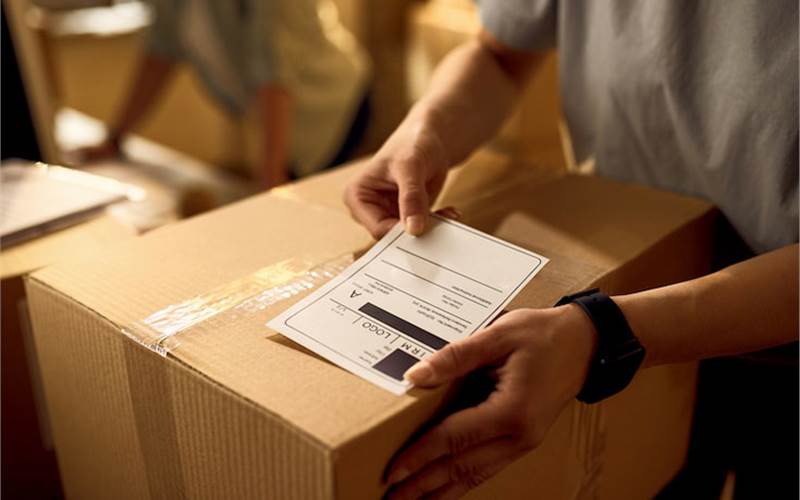Innovation in packaging adhesives rise post Covid
Latest Smithers data shows that packaging adhesives market is poised for steady growth with 3.4% CAGR.
10 Dec 2021 | By Aultrin Vijay
According to a market study by Smithers, adhesives will play a defining role in the future of packaging development, with the post-Covid marketplace providing a spur to sustainable technology.
“The Future of Adhesives for Packaging to 2027 tracks how the market has changed across 2020-2021 and will continue to reward innovation through 2022-2027. In 2021, the packaging industry will consume 5.40 tonnes of adhesives. A forecast compound annual growth rate (CAGR) of 3.4% will push global consumption to 7.90 million tonnes in 2027,” a release shared with WhatPackaging? stated.
Rigid packaging formats such as metal, glass containers, moulded and thermoformed plastic containers, folding cartons and corrugated boxes is said to dominate adhesives use, accounting for around 87% of the market in 2021, by weight. Corrugated adhesives have benefitted over 2020-2021 from the boom in use of eCommerce home delivery packaging, the study found.
“For application technology, hot melts continue to be the largest segment, although there is more demand for water-borne adhesives, and good growth forecast for the small radiation curing segment,” the report stated. “Through to 2027, manufacture of adhesives and supply will need to adapt to the latest trends in packaging design and use, as well as negotiating an increasingly complex regulatory environment.”
According to Smithers, sustainability will remain the defining megatrend for packaging post-Covid. “Adhesive manufacturers will continue to make iterative energy-saving improvements to existing products – for example lowering the melt temperature of hot-melt formulations, and optimising application processes to minimise the volume of adhesive needed. Simultaneously R&D – especially in Europe – will focus on developing new bio-based ingredients, with lower carbon input costs, which can match existing performance requirements,” the report stated.
The study found that there is a specific interest in biodegradable and compostable formulations that can be broken down by bacteria and other microorganisms or decompose naturally over time. “For fibre packs, there is a specific interest in repulpable adhesives that dissolve completely during pulping of waste paper. At the leading edge of innovation are debond-on-demand adhesives, engineered with points in the polymer matrix that break when subjected to temperature during recycling,” it stated.
According to the report, in the short-term, the challenge across 2021 has been to guarantee raw material supplies, as global logistics remain disrupted. The concentration of production of essential materials such as silicones and polyurethanes has led to insecurity and price rises. With pre-pandemic production of these concentrated in Asia, interest in reshoring supply is set to clash with the perennial business imperative to keep costs down, it found.














 See All
See All